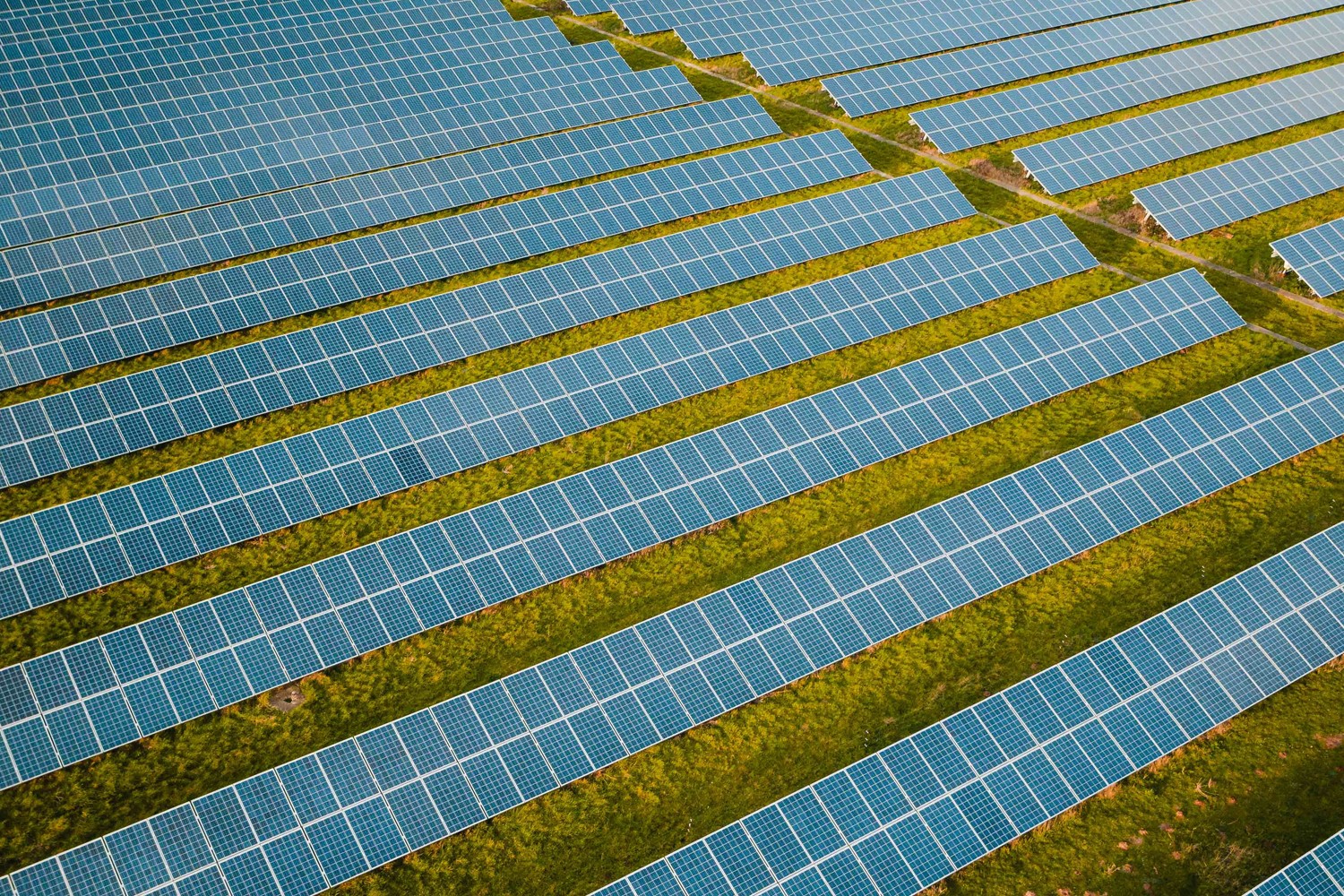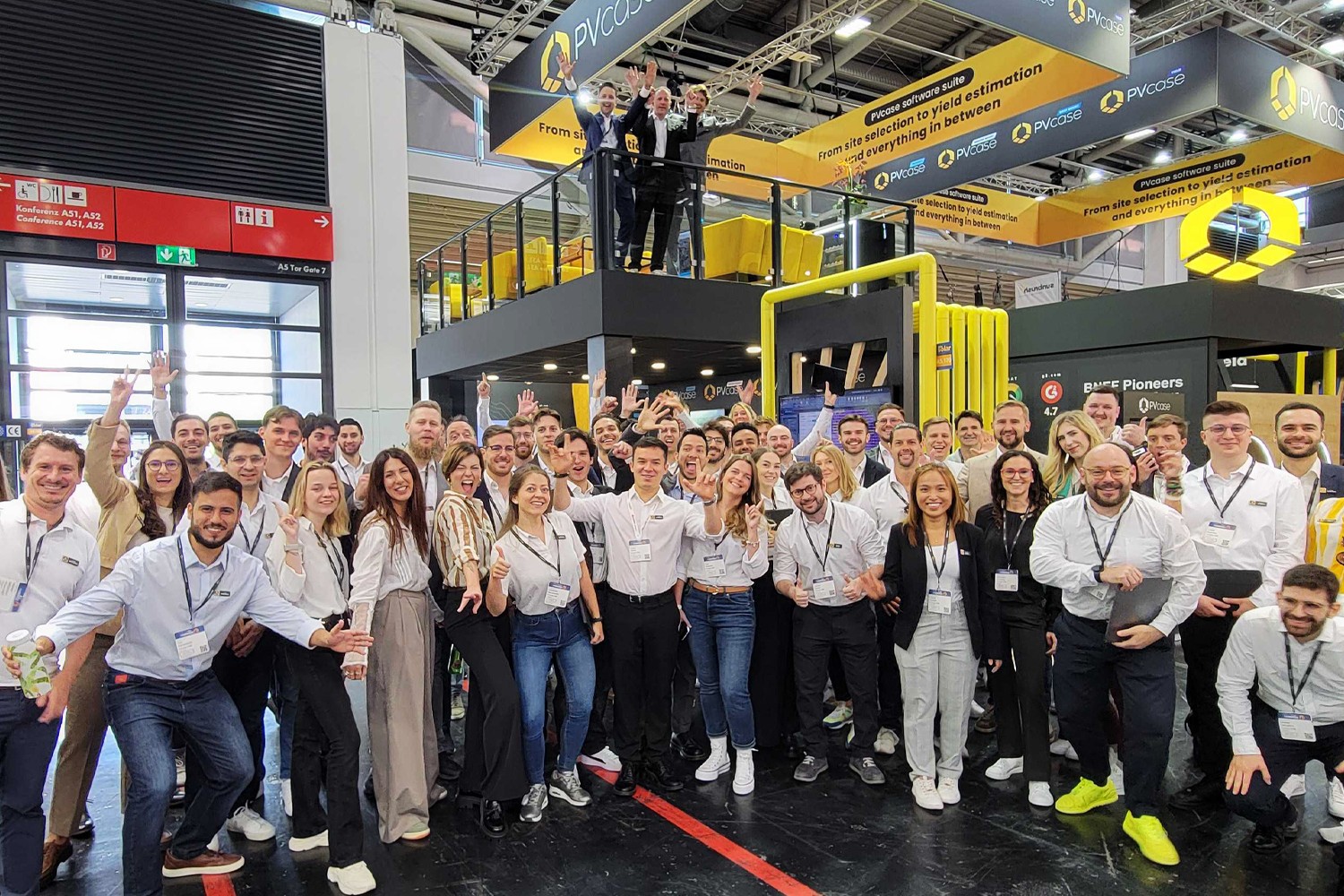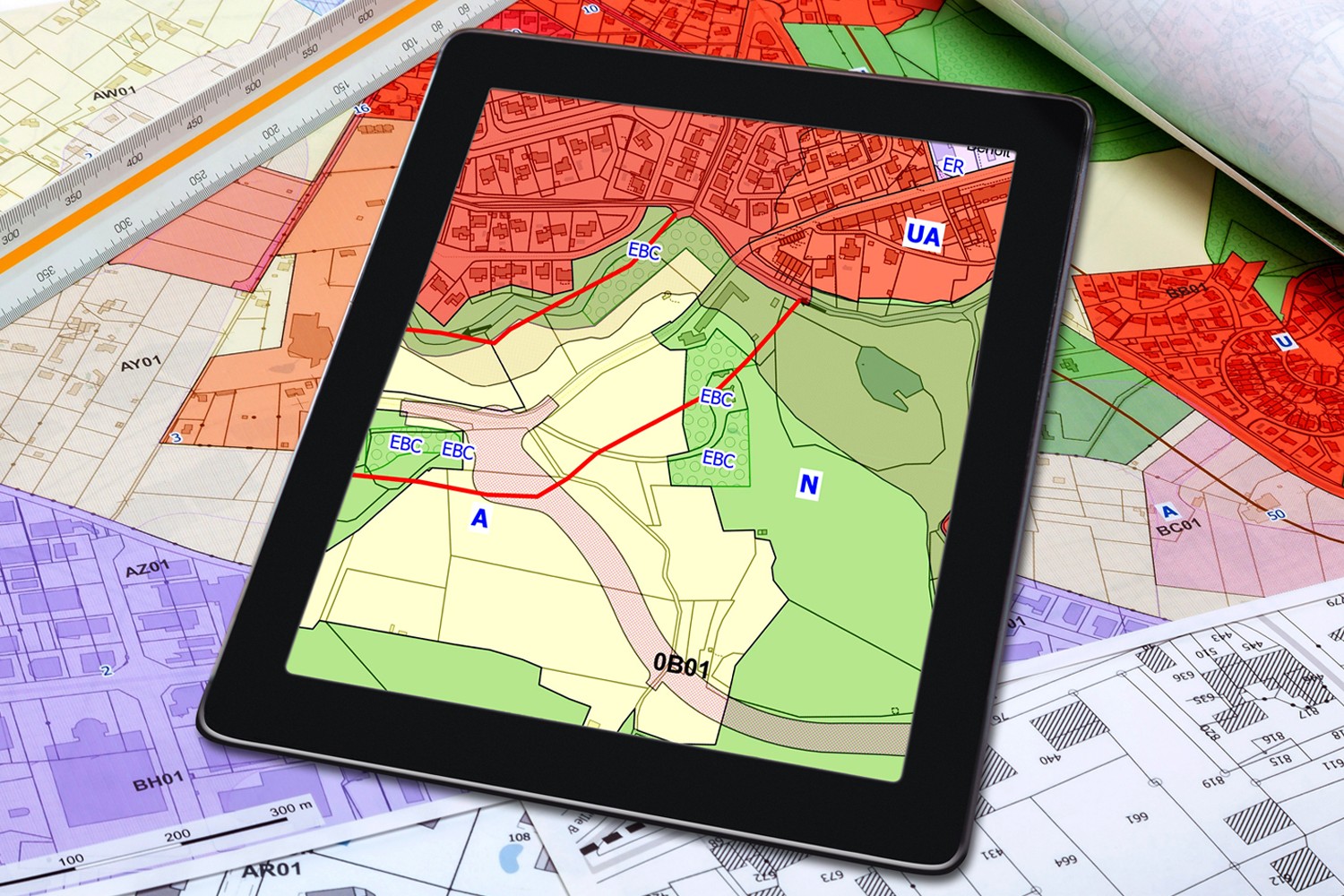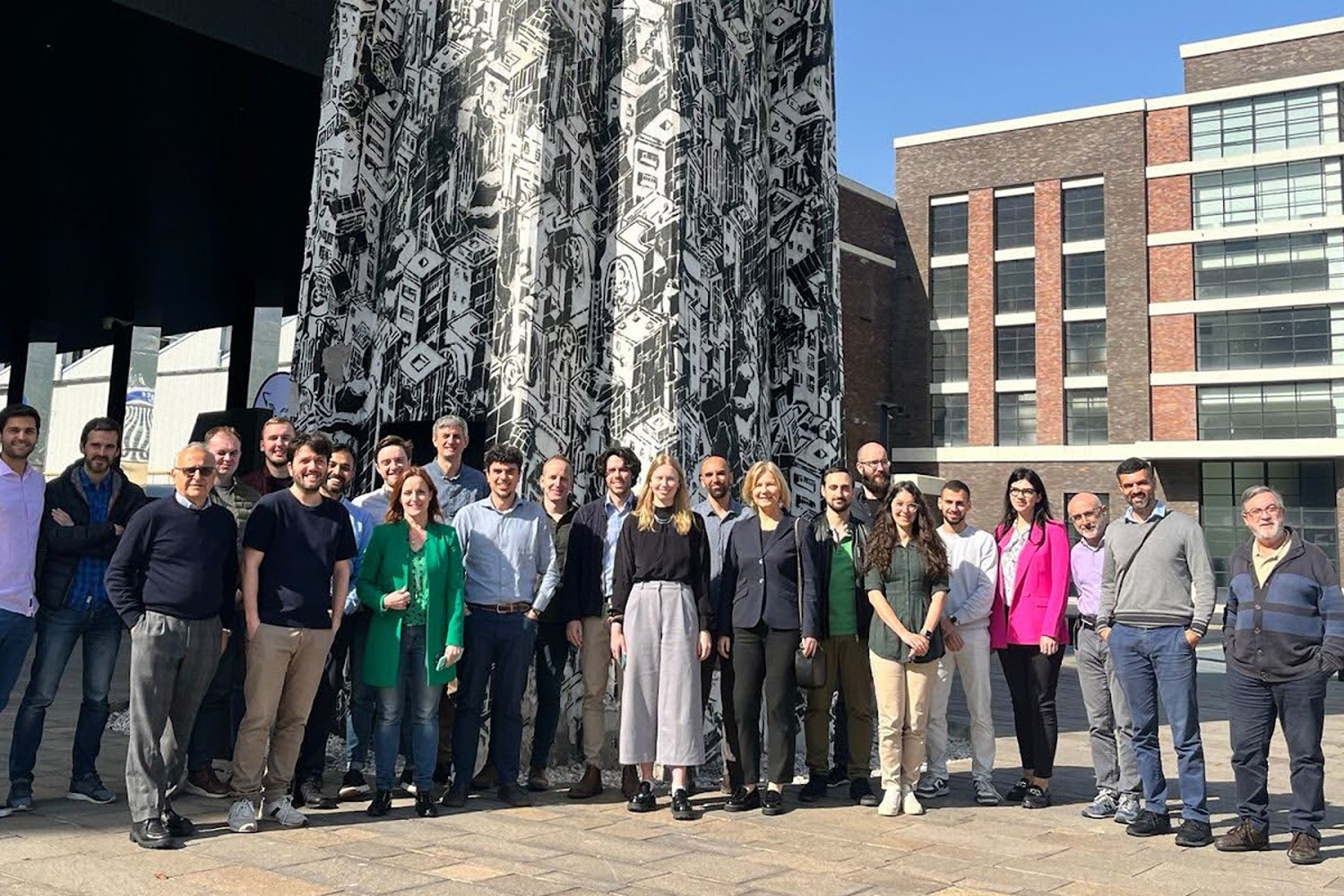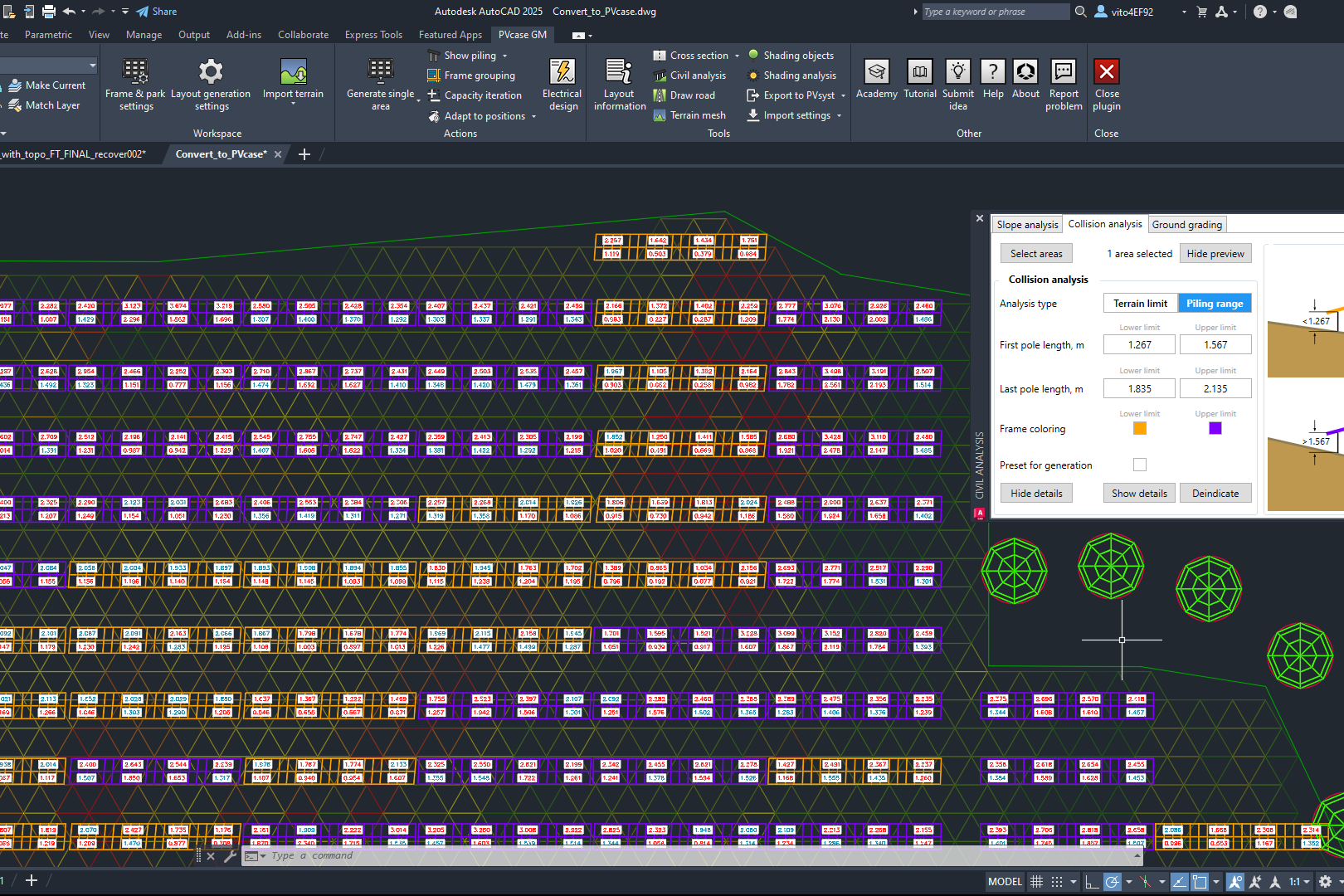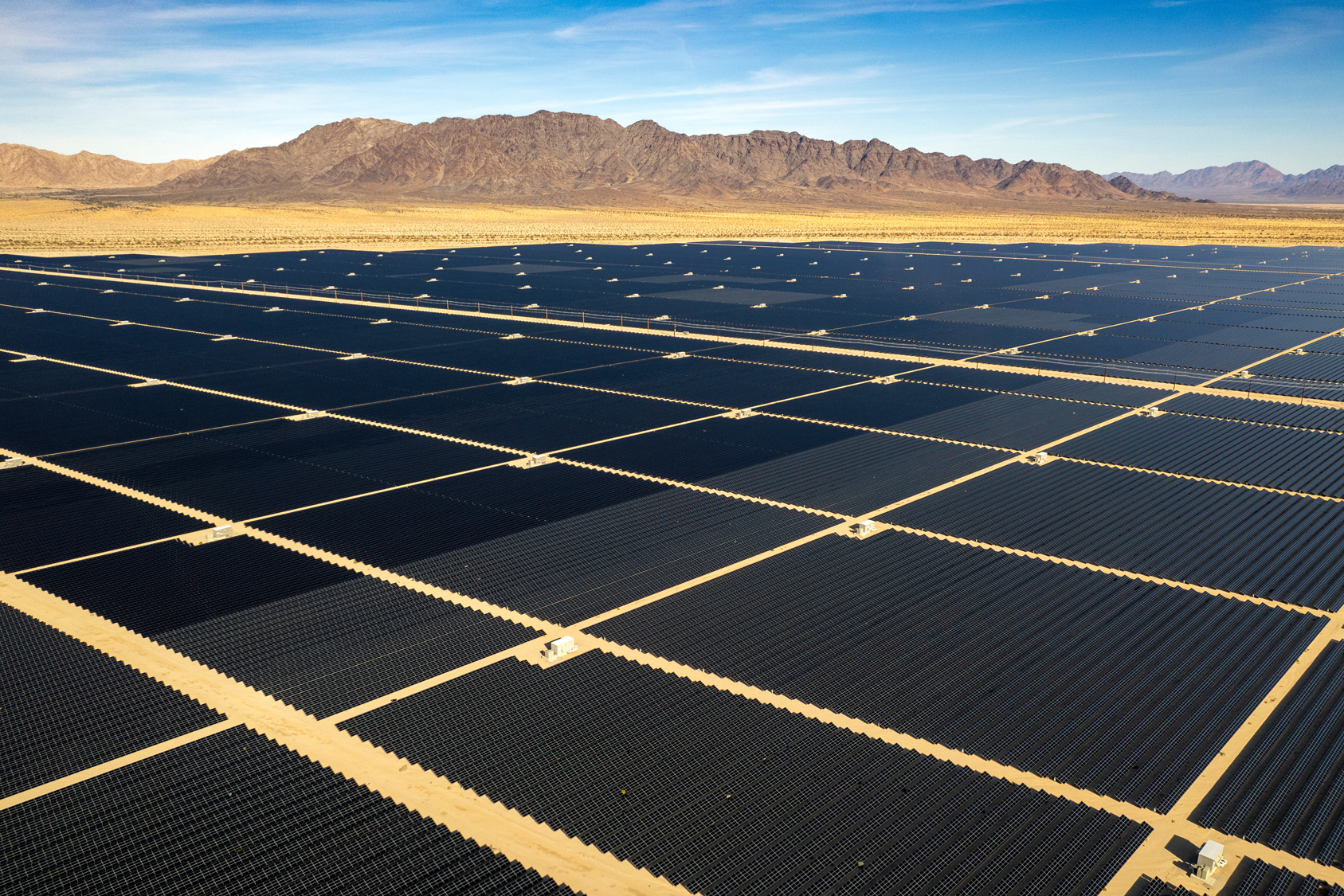We are excited to introduce the Shading Analysis feature for PVcase Roof Mount users. Engineers can now seamlessly evaluate the potential of a site for projects, identify underperforming modules, and access annual irradiation data for each module. Keep reading to explore more about the capabilities and advantages of the Shading Analysis tool, and how it can assist you and other decision-makers.
What is Roof Mount Shading Analysis?
Roof Mount Shading Analysis is a new feature that allows engineers to assess the suitability of a layout and examine the effects of shading directly within the platform, eliminating the need for external tools. To ensure precision and data reliability, this feature uses the PVcase Yield calculator engine.
Before the update, engineers relied on separate software tools to determine how shading would affect a potential site. This integrated function now removes that dependency and helps engineers perform the analysis more efficiently without external tools. Now users can streamline the design process, and most importantly—have a more error-resistant approach to project planning.
Benefits of the Roof Mount Shading Analysis
Agne Janusevska, Director of Roof Mount Product: “Shading Analysis for PV rooftops is important because it helps place panels where they get the most sunlight, increasing energy production and making the investment more worthwhile.”
The Roof Mount Shading Analysis tool has many useful features, such as precision at the module level or hourly simulations. Engineers can now enhance the accuracy and efficiency of project designs from the initial stages.
Here are the key benefits of the Roof Mount Shading Analysis feature:
- Module-level precision. Users can perform detailed analyses on individual modules, understanding the specific impact of shading on each one. This allows for adjustments to maximize solar park performance
- Proactive design evaluation. Shading Analysis helps engineers assess the layout early in the design process to identify potential shading issues upfront. This early detection supports better decision-making, contributes to a high design quality from the beginning of the project, and reduces the risk of design changes in later stages.
- Workflow efficiency. Shading Analysis is fully integrated into the PVcase Roof Mount tool, facilitating a smooth design process without the need to use external applications.
- Accurate simulations. Shading Analysis uses PVcase Yield to get shading loss & yearly in-plane irradiation data. Yield’s ray tracing technology simulates shading impact every hour for an entire year. It provides detailed, reliable, and precise data that helps engineers place modules accurately and foresee their performance.
- Error resistance. The new addition minimizes the likelihood of errors that can occur when using multiple platforms, ensuring a reliable and accurate design process. Having all features in one AutoCAD environment allows engineers to work faster and more efficiently, reducing human error risk.
- Improved string performance. Once the detailed shading analysis is complete, the user can utilize this data for stringing purposes by ensuring that modules with similar shading impacts are connected to the same string.
Find more information and a guide on how to access the new Shading Analysis feature in our Release Notes.

How can Shading Analysis help users and decision-makers?
Users can assess the suitability, effectiveness, and shading level of a site within a single integrated environment, with no external tools. Traditionally, engineers had to rely on separate, often cumbersome tools to predict and evaluate the shading effects on solar panels, which slowed down the design process and increased the likelihood of errors and data inconsistency due to tool switching.
Right now, users can use the PVcase Roof Mount environment and minimize the possibility of mistakes and data inaccuracies. Moreover, the efficiency and precision of the Shading Analysis feature lead to optimized resource usage and better ROI.
Agne Janusevska, Director of Roof Mount Product: “Roof Mount Shading Analysis helps decision-makers and clients by providing accurate estimates of energy output that contributes to the financial benefits.”
At the same time, users, decision-makers and project managers get access to comprehensive, real-time data. This information helps all involved parties anticipate the performance of individual modules and the overall setup, offering insights into energy production, possible risk estimation, and solutions early on in the design process.
Shading Analysis leverages PVcase Yield’s advanced ray tracing technology, which allows for precise and dependable simulations. This capability performs up to 8,700 detailed simulations annually, enabling engineers to identify and address possible issues early in the design phase. Making changes early in the design process can prevent expensive fixes later, improve the quality of the work, and reduce the need for project resources.
Summary
Shading Analysis marks a significant advancement in the commercial and industrial roof-mount solar industry. Engineers can perform shading analyses directly within the platform: it eliminates the need for external tools, reduces the risk of human error and data inconsistencies, and streamlines the entire design process.
Moreover, Roof Mount Shading Analysis helps users work accurately, optimize resources, and improve the ROI. This feature allows one to seamlessly predict energy output and significantly boost solar installations’ overall quality and reliability. Shading Analysis is another significant milestone for PVcase to paving the way to a greener and brighter future.
You might also be interested in:
July 19, 2024
Siting of PV power plants. How to adapt solar designs to complex terrains?
Choosing the wrong PV project site lowers energy output, raises costs, and risks legal issues. PVcase offers solutions. Discover them by reading the article.
July 16, 2024
Overcoming technical challenges in renewable energy projects. How PVcase transformed OHLA’s design process
Explore how OHLA overcame renewable energy design challenges with PVcase, streamlining solar park operations and achieving remarkable business growth.
July 3, 2024
Bridging the renewable energy skills gap. A success story of PVcase, Enery, and the University of Applied Sciences Upper Austria
Discover how PVcase, Enery, and the University of Applied Sciences Upper Austria have collaborated to prepare future solar engineers through an innovative educational initiative,…
July 1, 2024
Top 10 questions from Intersolar Europe 2024, answered
Get answers to the top 10 questions asked during Intersolar Europe 2024 that cover PVcase Prospect's availability, integration of PVcase products, and much more. Your question is…
June 19, 2024
Targeted solar marketing for successful landowner outreach — e-book included!
Discover how innovative strategies and Anderson Optimization's GIS Site Selection can boost solar outreach ROI and conversions. Download the ebook for more insights!
June 3, 2024
PVcase is part of the 42-month long SUPERNOVA project
PVcase, together with 19 partners from all over the world, is part of the 42-month SUPERNOVA project, focusing on O&M and grid-friendly solutions for reliable, bankable, and…
May 29, 2024
PVcase tools are now compatible with AutoCAD 2025!
We’re happy to announce that you can now use PVcase Ground Mound and Roof Mount, our flagship CAD-based tools, on AutoCAD 2025, enjoy its multiple functionalities and integrate…
May 20, 2024
PVcase is the finalist of “The smarter E AWARD” in the Photovoltaics category
We’re the finalists of “The Smarter E AWARD”! Read more about the nomination and dive into the PVcase Integrated Product Suite offering that innovates the industry.
May 14, 2024
Making great designs on good sites—the importance of topo data for PV design
Topo data is the first step in determining the success of your solar project. While the terrain is crucial in this regard, developers should also consider grid connectivity and…
April 29, 2024
How policy can shape future solar energy expansion
Policymakers and regulatory organizations must actively support solar power's growth and renewable energy advancement. Read the article to learn how.
April 9, 2024
PVcase wins the BNEF Pioneer Award 2024 for innovative solar design solutions
We won the prestigious 2024 BNEF Pioneers Award! Find out how our software contributes to relieving bottlenecks in the deployment of clean power.
March 29, 2024
Sustainable cities: what urban living of the future might look like
From clean energy to green bonds and renewable energy stocks, there are many ways you can invest your money in a sustainable future. Find them out by reading the article.
March 22, 2024
8 ways to invest your money in a sustainable future
From clean energy to green bonds and renewable energy stocks, there are many ways you can invest your money in a sustainable future. Find them out by reading the article.
March 21, 2024
8 business opportunities in renewable energy
There are many potentially lucrative business opportunities in renewable energy. Learn how you can use these opportunities to make money while contributing to the green…
March 20, 2024
The costs of obsolescence in renewable energy
Solar and wind power are key for sustainability, but the technology lifecycle come with hidden economic costs and obsolescence risks. Learn about these challenges related to…



